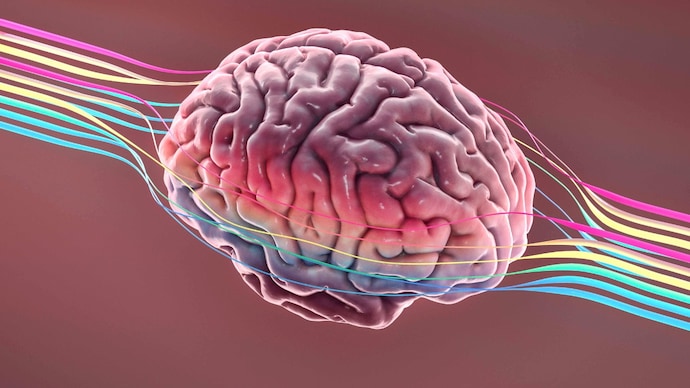Microplastics in the brain are associated with the major brain disorder dementia
A new study has shown that the brain has more microplastic than other organs in the human body. This added to the high risk of dementia to microplastic, with a common brain disorder.

In short
- Microplastics found in human brain tissue have been linked to dementia
- The brain contains 7-30 times more microplastics than the liver or kidney
- Less than 200 nanometers less microplastics disrupt the immune system
Scientists have discovered dangerous rates of microplastics accumulated in human brain tissue.
The study published in brain medicine provides significant insights into potential health implications and prevention strategies.
In the study, people drawn with dementia had 3–5 times more concentrations of microplastic and nanoplastics (MNP) than normal individuals. Dementia is a weak brain disorder in which no records have been made so far. It is an age -related disorder in which cells in the brain begin to degenerate over time, causing memory loss, and difficulty in thinking and performing daily activities.
The study also showed that the brain contains 7–30 times more concentrations of micro and nanoplastics than other organs such as liver or kidneys.
Dr. of Psychiatry Department of Ottawa University Nicolas Fabiano, the lead author of the study, said: “Dramatic growth in brain microplastic concentrations in just eight years from 2016 to 2024 is especially dangerous.”
He said, “This growth increases exponential growth that we are looking at environmental microplastic levels,” he said.
Small plastic particles that are less than 200 nanometers have the ability to enter blood flow and interrupt the immune system. This is a serious threat, the researchers said.
How to reduce the risk?
Scientists have suggested that microplastic intake can be reduced from 90,000 to 4,000 particles per year by switching to tap water with bottled water.
“Bottled water can expose people alone as almost several microplastic particles, which jointly jointly and in the form of breath sources.
Heating and storing foods also matter a lot. Using glass utensils in the microwave and using a steel storage box can reduce the release of microplastic and nanoplastics.
Researchers also said that sweating can help remove some plastic-rich compounds from the body.
However, the host of psychiatry and psychiatry podcast Dr. David Puder warned that instead of wrapping our brain, more research is required to “wrap our head around microplastic”, as it could be one of the largest environmental storms that most people never came.